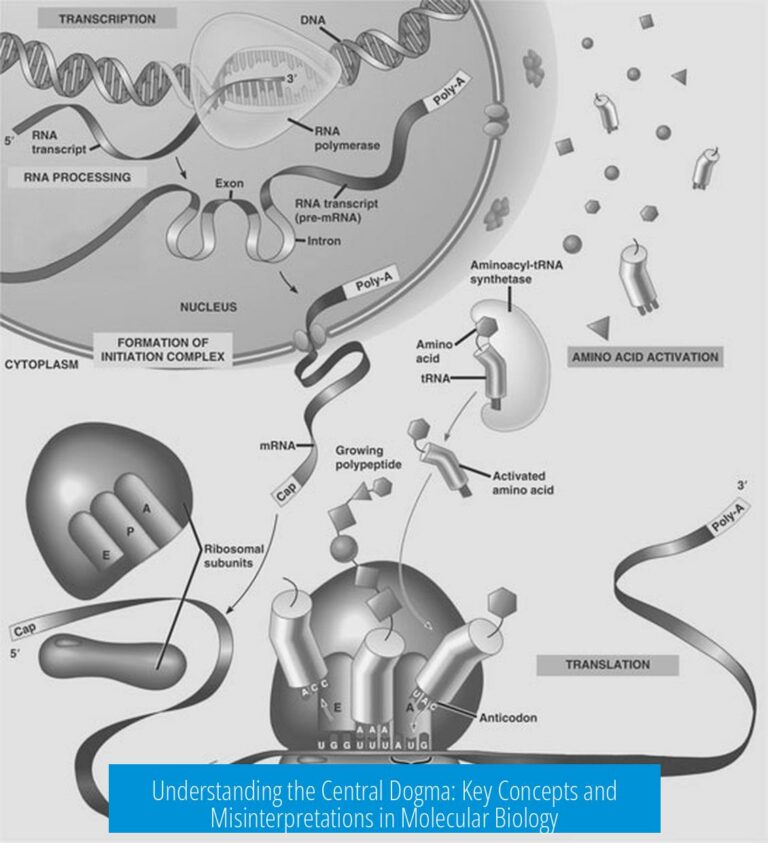How Exactly Is Atomic Radius Measured?

Atomic radius is measured by determining the distance between the nuclei of two identical atoms in specific bonding or interaction contexts, using techniques such as X-ray diffraction for bound atoms and scattering experiments for unbound atoms.
Measurement Techniques
X-ray Diffraction

X-ray diffraction measures atomic radius by examining the crystal lattice of a material. Scientists analyze the average distance between atoms within the solid. This distance represents twice the atomic radius, assuming atoms are adjacent.
This method mainly suits atoms in bound states, such as metals or covalently bonded elements. The lattice spacing results from constructive interference of X-rays scattered by nuclei and electron clouds. Calculating half this spacing gives the atomic radius.
Scattering Experiments
For unbound or isolated atoms, atomic radius can be inferred through scattering experiments. In these setups, one atom collides with another, and the interaction patterns help deduce their effective size.
These experiments rely on quantum mechanics and provide insight into atomic size when atoms are not chemically bonded. They complement X-ray methods by covering different atomic environments.
Context-Dependent Radius Definitions
- Covalent Radius: Half the distance between nuclei in two atoms joined by a covalent bond.
- Ionic Radius: Distance from the nucleus of an ion to its outer electron cloud within an ionic compound.
- Van der Waals Radius: Half the distance between two atoms interacting weakly without bonding.
Each radius type considers distinct atomic interactions. Measurement techniques adjust accordingly.
Summary and Assumptions
Atomic radius measurement typically does not capture a single atom’s size directly. Instead, it uses the average distance between adjacent atoms and divides by two. X-ray diffraction handles atoms in crystal lattices, while scattering addresses isolated atoms. This approach depends on precise knowledge of atomic arrangements and bonding.
Key Takeaways
- Atomic radius is defined by the distance between nuclei of adjacent atoms.
- X-ray diffraction provides measurements for atoms in solids.
- Scattering experiments estimate radius for free, unbound atoms.
- Definitions vary: covalent, ionic, and Van der Waals radii reflect different atomic interactions.
- Measured distances represent twice the radius, requiring division by two for the atomic radius.
What is the main technique used to measure atomic radius?
X-ray diffraction is commonly used. It measures the distance between nuclei of atoms in a crystal. This distance is divided by two to estimate the atomic radius.
How is atomic radius defined in covalent bonds?
The covalent radius is half the distance between nuclei of two bonded atoms. It reflects the size of an atom when sharing electrons in a molecule.
How do scattering experiments measure atomic radius?
Scattering experiments fire one atom at another to observe interactions. This method works well for measuring radii of unbound atoms outside solid materials.
What is the Van der Waals radius and how is it measured?
The Van der Waals radius applies to non-bonded atoms. It’s based on distances between neighboring atoms that interact weakly, often found in gases or molecular solids.
How is ionic radius different from atomic radius?
Ionic radius measures distance between ions in ionic compounds. It accounts for the gain or loss of electrons, which changes the atom’s size compared to neutral atoms.





Leave a Comment